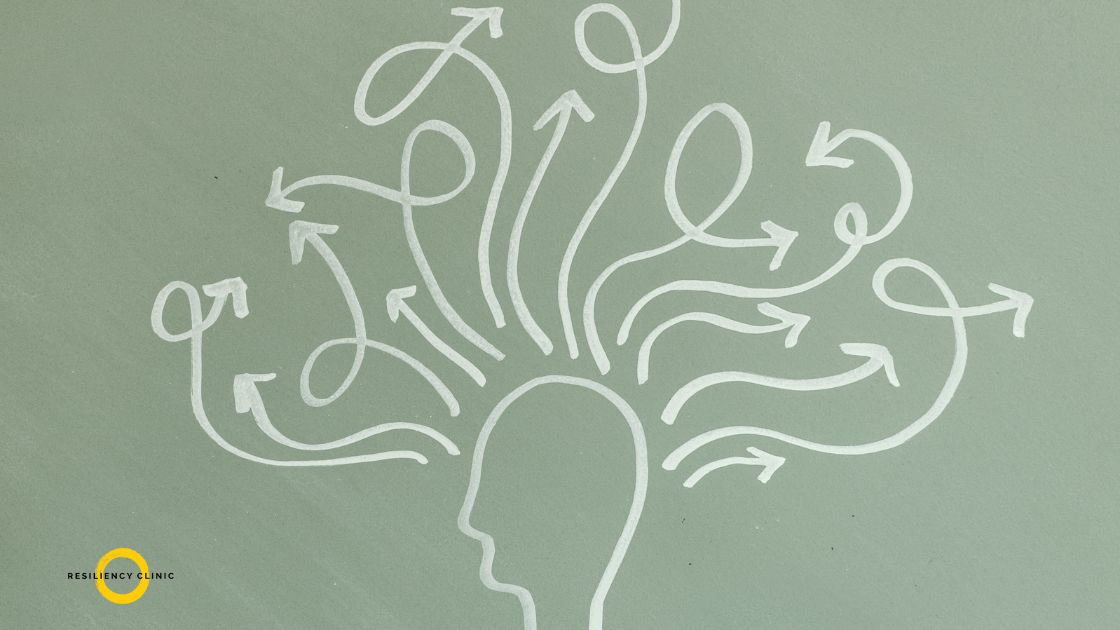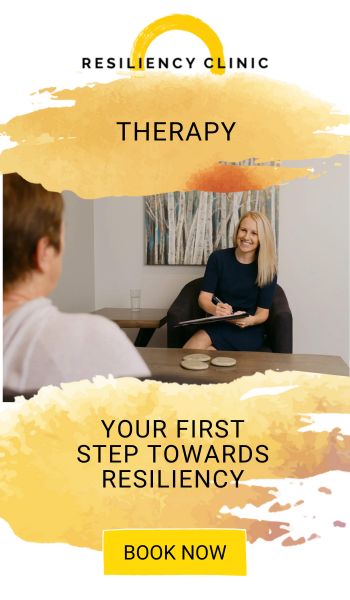Dans un monde qui évolue rapidement et qui est rempli d'incertitudes, conscience et méditation se sont imposées comme des pratiques efficaces pour cultiver le bien-être mental. Ces techniques aident non seulement à gérer le stress, mais contribuent également à une meilleure santé émotionnelle, à la résilience et à l'amélioration de la concentration. Dans cet article, nous allons nous pencher sur les avantages psychologiques de la pleine conscience, explorer diverses techniques de méditation et proposer des exercices pratiques pour vous aider à intégrer la pleine conscience dans votre vie de tous les jours.
Qu'est-ce que la pleine conscience ?
La pleine conscience est la pratique qui consiste à être pleinement présent et engagé dans le moment présent, sans jugement. Ce concept trouve ses racines dans les anciennes traditions bouddhistes, mais il a gagné une grande popularité dans la psychologie contemporaine en tant que moyen d'améliorer la santé mentale. La pleine conscience encourage les individus à prendre davantage conscience de leurs pensées, de leurs émotions et de leurs sensations, ce qui peut conduire à une meilleure compréhension de soi et à une meilleure régulation émotionnelle (Kabat-Zinn, 1990).
Les avantages psychologiques de la pleine conscience
La recherche a largement documenté les nombreux avantages psychologiques de la pleine conscience. Voici quelques-uns de ces avantages :
- Réduction du stress : La pleine conscience contribue à réduire les niveaux de stress en favorisant la relaxation et un état d'esprit équilibré. Des études indiquent que les personnes qui pratiquent la pleine conscience peuvent mieux gérer les facteurs de stress et réduire l'anxiété (Goyal et al., 2014). Pour en savoir plus sur la gestion du stress, consultez notre article sur les Stratégies de gestion du stress.
- Amélioration du bien-être émotionnel : Une pratique régulière de la pleine conscience conduit à une meilleure régulation émotionnelle, permettant aux participants de répondre plutôt que de réagir aux situations difficiles. Ce changement peut se traduire par une amélioration générale de l'humeur et une diminution des symptômes de la dépression (Hofmann et al., 2010).
- Amélioration de l'attention et de la concentration : L'entraînement à la pleine conscience favorise un meilleur contrôle de l'attention, ce qui peut améliorer les performances cognitives et accroître la productivité. Lorsque les individus apprennent à se concentrer sur le présent, les distractions diminuent, ce qui permet d'améliorer la réalisation des tâches.
- De meilleures relations : La pleine conscience favorise l'empathie et la compassion, ce qui peut améliorer les relations interpersonnelles. En étant plus présents aux autres, les individus peuvent mieux comprendre et répondre aux émotions et aux besoins de ceux qui les entourent. Comprendre la dynamique de la santé mentale est essentiel pour les interactions personnelles. Comprendre la dynamique de la santé mentale.

Types de techniques de méditation
La méditation est une vaste pratique qui englobe diverses techniques, chacune offrant des avantages uniques. Voici quelques types de méditation courants :
- Méditation de pleine conscience : Il s'agit de prêter attention au moment présent et d'observer les pensées et les sentiments sans porter de jugement. Elle peut être pratiquée de manière formelle lors de séances de méditation ou de manière informelle dans le cadre des activités quotidiennes (Kabat-Zinn, 1990).
- Méditation guidée : Dans cette forme, les pratiquants écoutent un guide ou un enregistrement qui les guide tout au long du processus de méditation. Cette technique est excellente pour les débutants et ceux qui préfèrent une approche structurée.
- Méditation transcendantale : Cette technique consiste à répéter silencieusement un mantra spécifique afin d'atteindre un état de relaxation et de conscience profondes. Cette technique nécessite généralement d'être enseignée par un professeur certifié.
- Méditation de l'amour bienveillant : Destinée à favoriser la compassion envers soi-même et les autres, cette technique consiste à répéter des phrases qui expriment la bonne volonté et la gentillesse (Salzberg, 2011).
- Méditation par balayage corporel : Cette technique consiste à concentrer son attention sur différentes parties du corps, ce qui favorise la prise de conscience et la relaxation. Elle est particulièrement efficace pour soulager les tensions physiques et le stress.
Exercices de pleine conscience
Intégrer la pleine conscience dans votre routine quotidienne peut être simple et efficace. Voici quelques exercices pratiques :
- Exercice de respiration : Prenez quelques minutes pour vous concentrer uniquement sur votre respiration. Observez le rythme de vos inspirations et de vos expirations, en laissant passer les pensées sans vous y engager.
- La marche en pleine conscience : Au cours d'une promenade, soyez attentif aux sensations de vos pieds lorsqu'ils touchent le sol. Remarquez les images, les sons et les odeurs qui vous entourent.
- Journal de la gratitude : Réfléchissez à trois choses dont vous êtes reconnaissant chaque jour. Cette pratique favorise un état d'esprit positif et améliore le bien-être général.
- Manger en pleine conscience : Consacrez au moins un repas à l'alimentation en pleine conscience. Savourez chaque bouchée en prêtant attention aux saveurs, aux textures et aux signaux de faim de votre corps.

La recherche au service de la pleine conscience et de la méditation
De nombreuses études scientifiques confirment les bienfaits de la pleine conscience et de la méditation sur la santé mentale. La recherche indique que les pratiques de pleine conscience peuvent modifier la structure et le fonctionnement du cerveau, ce qui permet d'améliorer la régulation émotionnelle et la résilience (Davidson et al., 2003). Par exemple, une étude menée par des neuroscientifiques a révélé que la pratique régulière de la méditation entraînait une augmentation de la densité de la matière grise dans les régions du cerveau associées à la régulation émotionnelle, à l'apprentissage et à la mémoire (Hölzel et al., 2011).
Conclusion
La pleine conscience et la méditation offrent des avantages psychologiques profonds qui améliorent le bien-être émotionnel et la santé mentale en général. En intégrant diverses techniques de méditation et des exercices de pleine conscience dans votre vie quotidienne, vous pouvez cultiver un sentiment plus profond de paix, de clarté et de résilience. Embrassez le voyage de la pleine conscience et découvrez le pouvoir de transformation qu'elle apporte à votre vie.
FAQ
- Quelle est la différence entre la pleine conscience et la méditation ? La pleine conscience est la pratique qui consiste à être conscient du moment présent, tandis que la méditation est un terme plus large qui englobe diverses techniques visant à cultiver la pleine conscience.
- Combien de temps dois-je méditer chaque jour ? Les débutants peuvent commencer par 5 à 10 minutes par jour, puis passer progressivement à 20 à 30 minutes au fur et à mesure qu'ils se sentent plus à l'aise avec la pratique.
- La pleine conscience peut-elle aider à lutter contre l'anxiété ? Oui, il a été démontré que la pleine conscience réduit les symptômes de l'anxiété en favorisant la relaxation et en augmentant la conscience émotionnelle (Hofmann et al., 2010).
- Dois-je me trouver dans un environnement spécifique pour pratiquer la pleine conscience ? Non, la pleine conscience peut être pratiquée n'importe où, dans des espaces calmes ou des environnements animés ; ce qui compte, c'est la conscience et la concentration.
- La méditation guidée est-elle indispensable pour les débutants ? Non, c'est utile, mais les débutants peuvent également pratiquer la pleine conscience de manière indépendante ou explorer d'autres formes de méditation.
- Comment puis-je intégrer la pleine conscience dans mon emploi du temps chargé ? Pratiquez la pleine conscience au cours d'activités de routine, comme manger, marcher, ou même pendant de courtes pauses au travail.
Citations
- Davidson, R. J., Sheridan, J. F. et Williams, K. (2003). Les neurosciences affectives de la régulation des émotions. Science psychologique, 14(2), 192-198. Lire l'étude
- Goyal, M., Singh, S., Sibinga, E. M. S., Gould, M. F., Rowland-Seymour, A., & May, L. (2014). Programmes de méditation pour le stress psychologique et le bien-être : une revue systématique et une méta-analyse. JAMA Médecine Interne, 174(3), 357-368. Voir l'article
- Hofmann, S. G., Sawyer, A. T., Witt, A. A. et Oh, D. (2010). L'efficacité de la thérapie basée sur la pleine conscience : Une méta-analyse complète. Psychological Bulletin, 136(3), 623-648. Accéder à la méta-analyse
- Hölzel, B. K., Carmody, J., Lin, I. H., Burch, V. E. et Schwartz, C. (2011). La pratique de la pleine conscience entraîne une augmentation de la densité de la matière grise dans le cerveau régional. Recherche en psychiatrie : Neuroimagerie, 191(1), 36-43. Vérifier l'étude
- Kabat-Zinn, J. (1990). Vivre en pleine catastrophe : Utiliser la sagesse de votre corps et de votre esprit pour faire face au stress, à la douleur et à la maladie. Delta. Plus d'informations sur le livre
- Salzberg, S. (2011). Le vrai bonheur : Le pouvoir de la méditation. Workman Publishing. En savoir plus sur le livre






